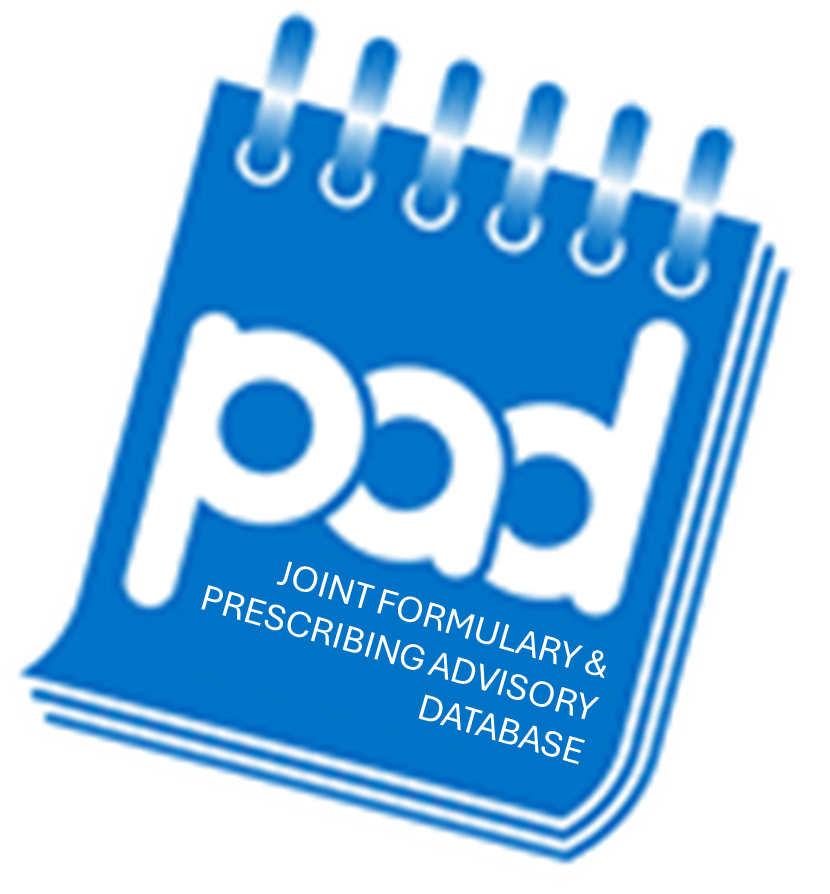
Denosumab - Osteoporosis
You are here : Home > Formulary Search > Denosumab - Osteoporosis
Status 1
- Subcutaneous injection (sc)
Documentation
PAD Profile
Rheumatology only in secondary care.
Restricted to use in patients for whom bisphosphonates are unsuitable.
Committee Recommendations (4)
Denosumab for Osteoporosis – Information for GPs: Ashford and St. Peter's Hospitals NHS Foundation Trust (ASPH) and North West Surrey Place only. Guidance has been produced to clarify for GPs the process used within ASPH to inform a patient’s GP that they have been initiated on subcutaneous denosumab injection
Users are signposted to use the NICE CKS guidance for the management of osteoporosis, available at https://cks.nice.org.uk/topics/osteoporosis-prevention-of-fragility-fractures/management/management/
The National Osteoporosis Guideline Group UK (NOGG) clinical guidelines are available here- https://www.nogg.org.uk/sites/nogg/download/NOGG-Guideline-2021-g.pdf
The Surrey Heartlands Integrated Care System Area Prescribing Committee agreed the reviewed Denosumab Prescribing Information to support initiation and ongoing administration in primary care.
Patient Specific Directions (PSDs) are often used to enable non-medical practitioners (practice nurses, health care assistants) to administer specific medicines for specific conditions. A PSD tempate for EMIS system users has been developed by a local GP practice to improve the consistency and content of their Denosumab PSDs. This PSD template (among others) is available from your local Medicines Management Team should your practice wish to adopt / adapt it. Please contact your local Medicines Management Team for assistance
Other Indications
Below are listed other indications that Denosumab is used to treat.
Other Drugs
Below are listed other drugs that are used to treat Osteoporosis.
